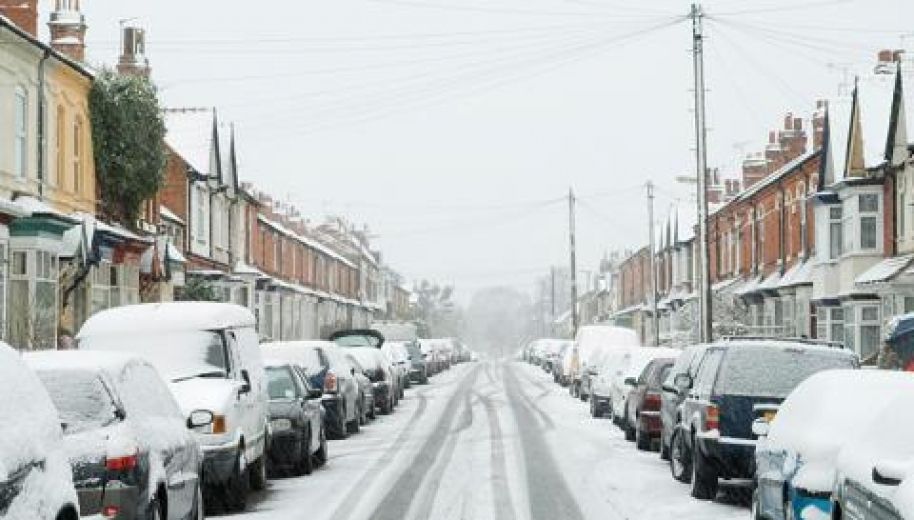With weather warnings for snow and ice in place until at least Saturday, the research illustrates the extent to which snow and ice can affect drivers’ use of their cars, with most still using their vehicles for trips they regard as essential: 68% say they continue to drive during yellow Met Office warnings, a figure that falls only slightly to 63% during more serious amber ones.
One-in-10 (9%) of drivers say they choose not to drive during yellow warnings, a figure that rises to 22% during times of amber warnings.
Fortunately, a clear majority – three-in-four drivers (75%) – say they drive much more cautiously whenever there is snow on the roads, with just 1% stating they would not adjust their driving style to take account of the conditions.
A cautious one-in-10 drivers (11%), meanwhile, say they don’t drive at all if there is any snow on the roads.
During the current cold snap, the RAC is reminding drivers to check their vehicles and adjust their driving styles according to the conditions, and not take any risks that put them and their passengers in danger.
The RAC also asked drivers to rate their local council when it comes to ‘gritting’ (spreading salt) on the roads on icy nights. Just half of respondents (51%) described their local authority as ‘very good’ or ‘good’, while 36% said they are ‘fair’ and 12% ‘poor’.
Drivers are much less satisfied with council performance when it comes to clearing the roads after a particularly snowy spell, however – just 24% rated their local authority ‘very good’ or ‘good’, 40% fair and 27% poor. One-in-10 drivers (9%) had no experience of seeing their council clearing roads after snowfall, however.
RAC Breakdown spokesman Rod Dennis said: “We know from long-running RAC studies that the vast majority of drivers – a consistent eight-in-10 – are heavily reliant on their cars, something that’s exacerbated when the weather turns icy or snowy, especially if public transport is impacted and drivers have no choice but to use their cars for trips they consider essential. Doing so can carry huge risks however, and it’s vitally important drivers follow guidance from the Met Office and others accordingly whenever there is a warning for severe weather issued – especially if it is an amber or even rare red warning. Waiting until conditions improve might well be the safest and best course of action.
“If a driver has made the decision that it is safe to set out in snow and ice, it’s important drivers always check their cars and adjust their driving styles to cope with whatever wintry conditions are thrown at them. A car’s braking distance can increase by up to 10 times when there’s snow and ice on a road, meaning it’s vital to check all tyres have plenty of tread and slow down considerably to reduce the chances of a collision.
“Councils have an incredibly important part to play when it comes to preparing the roads during cold snaps, so it’s good to see a relatively small number of drivers rate their local authority’s gritting services as poor. On the other hand, drivers seem much less satisfied with their council’s ability to clear accumulations of snow, but fortunately that’s something that’s not needed very often across most of the UK.
“Come rain or shine, our patrols are out attending breakdowns and the fastest way to access help is by using the Rescue function on the myRAC app.”
Met Office spokesperson Stephen Dixon said: "It's vital people take precautions to stay safe in severe weather. Our weather warnings highlight when people could be impacted by the weather and there are a number of things people can do to minimise disruption, including checking travel plans, ensuring vehicles are safe as well as making sure your house is prepared for severe weather.
"Winter weather hazards like snow and ice can be particularly impactful on travel conditions, so it's always best to check the travel advice in your area before setting off on journeys when severe weather is in the forecast."
The RAC website carries advice on driving safely in wintry weather: https://www.rac.co.uk/drive/advice/winter-driving/

RAC Breakdown Cover
Limited Time Offer
*£7 a month for new, single vehicle Basic cover. ^For 1 nominated vehicle when added to Extra or Complete cover. New customers only. Ends 29/04/24. 7am.

1 Research conducted on RAC’s behalf by Online95 among 2,300 UK motorists, all of whom drive at least once a month, in January 2023










